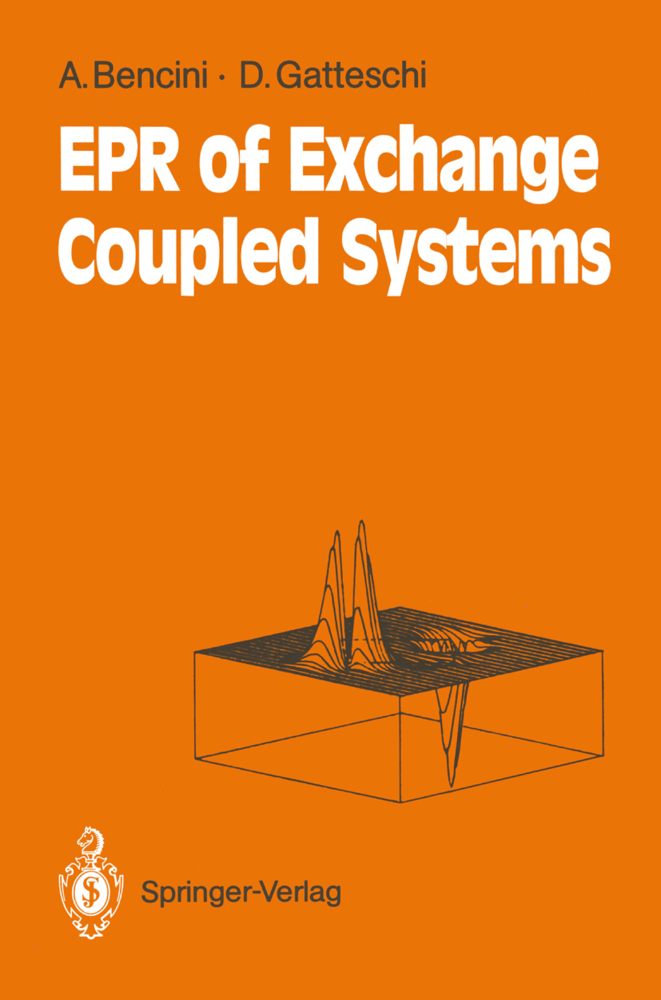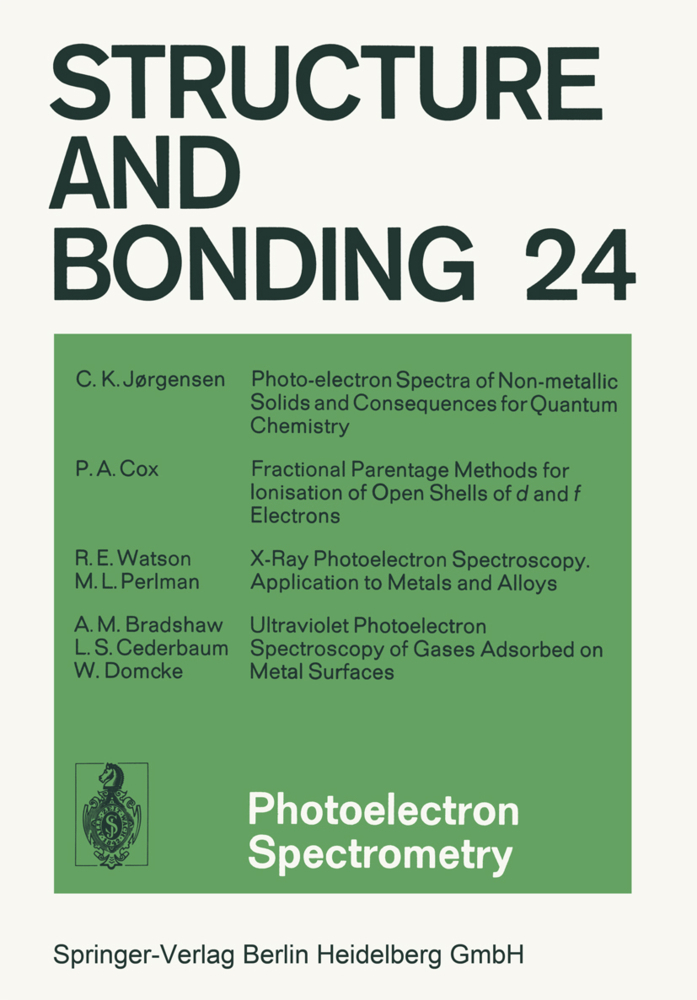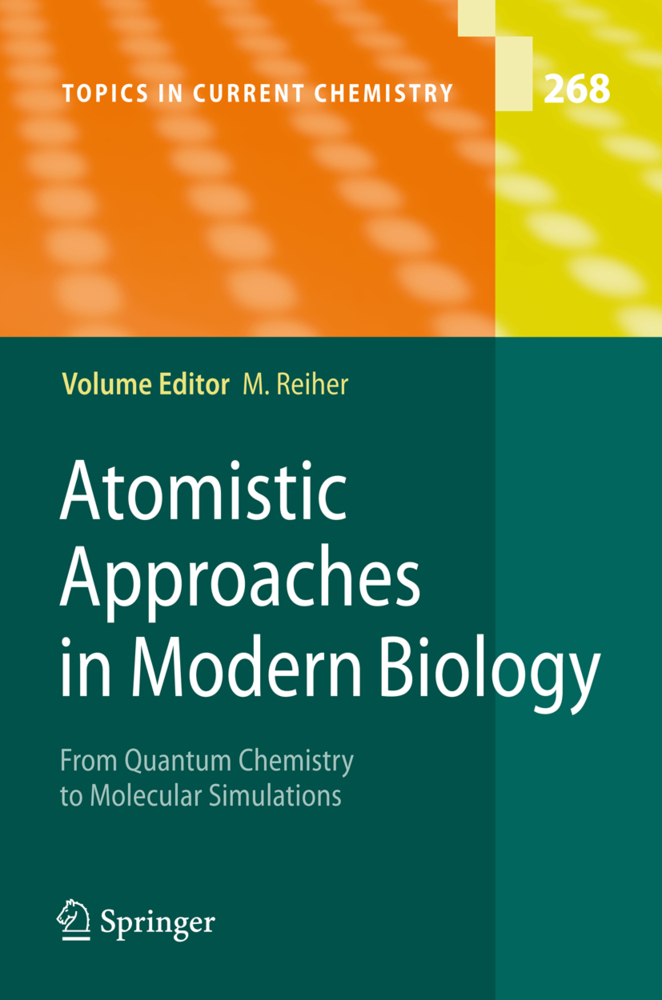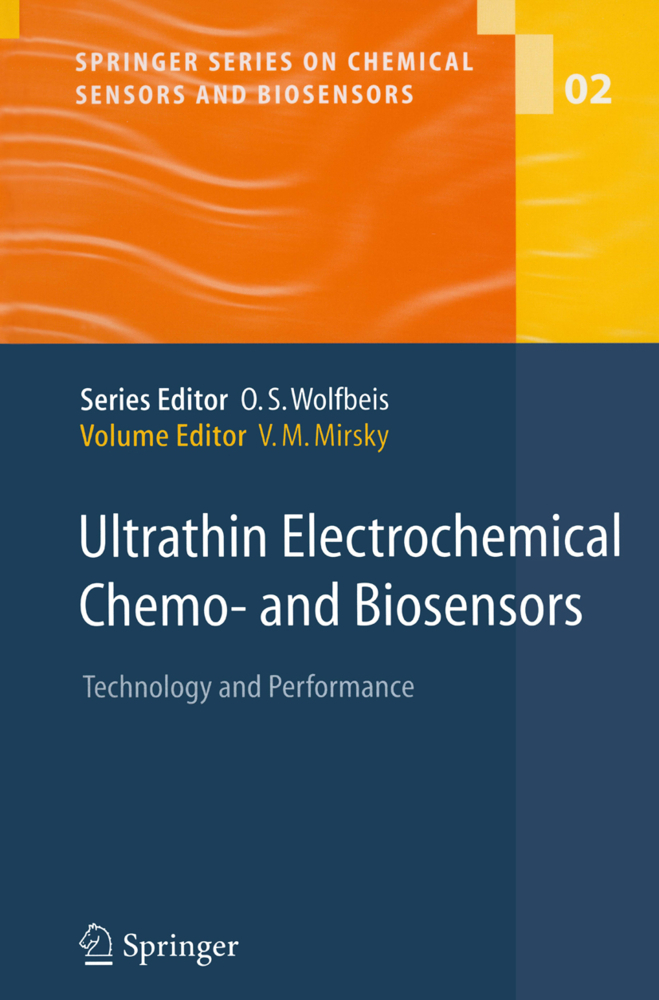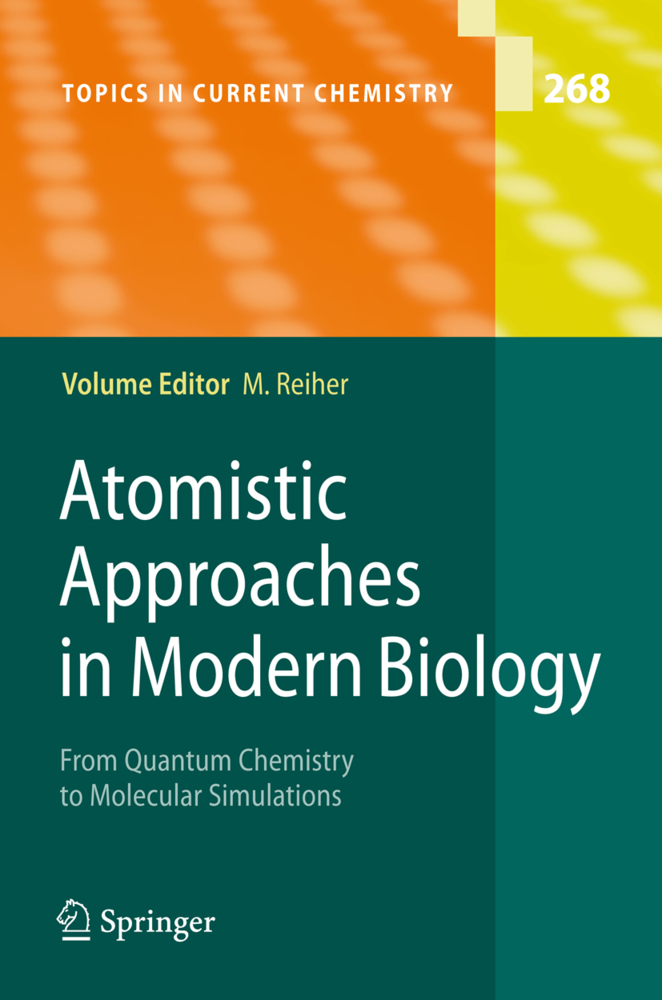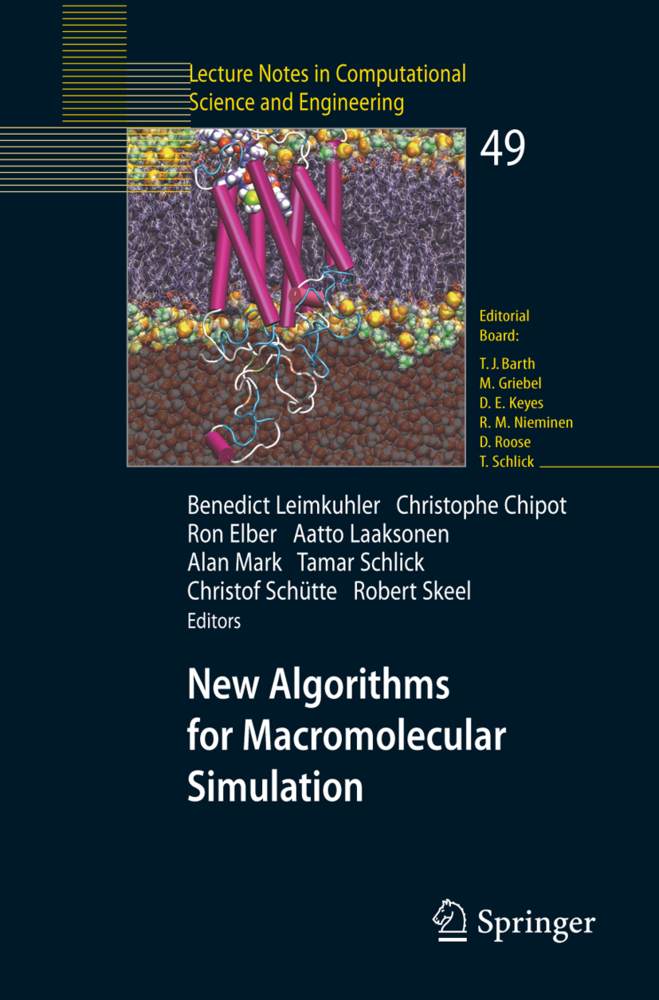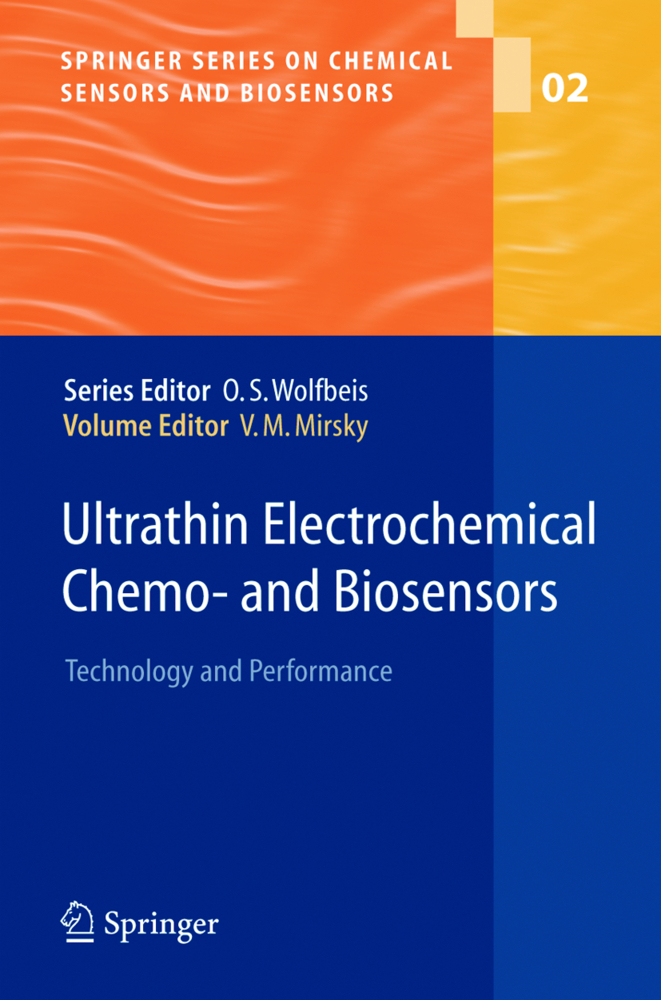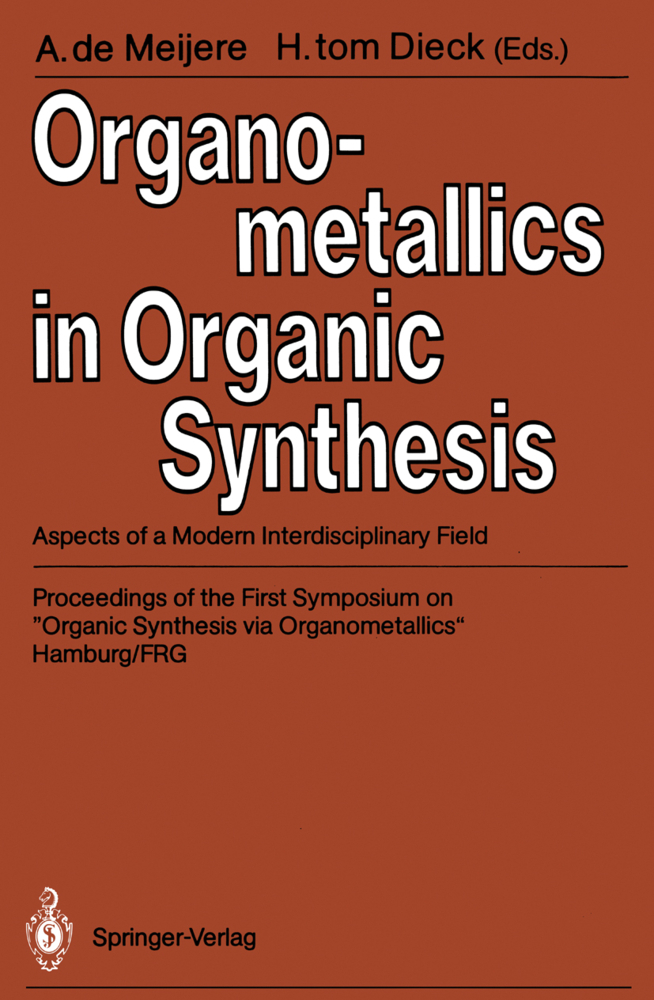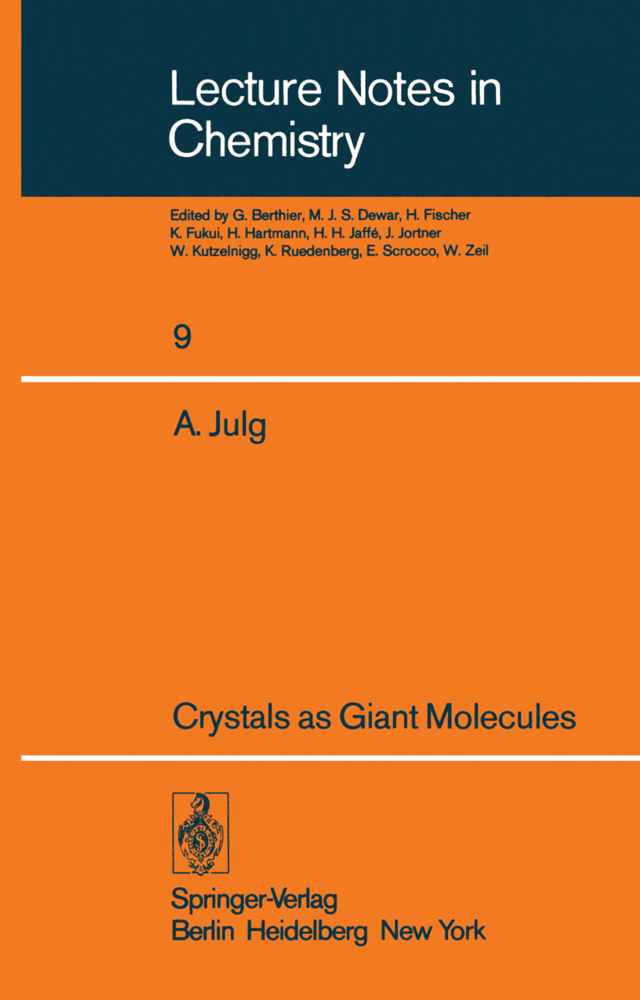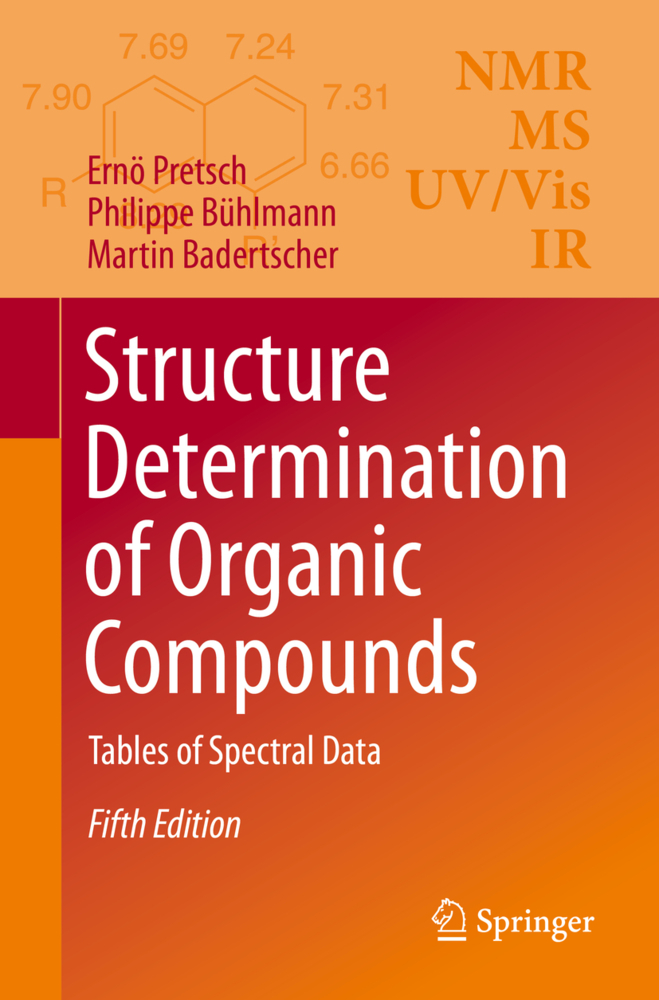Electron Paramagnetic Resonance of Exchange Coupled Systems
Electron Paramagnetic Resonance of Exchange Coupled Systems
This book is intended to collect in one place as much information as possible on the use of EPR spectroscopy in the analysis of systems in which two or more spins are magnetically coupled. This is a field where research is very active and chemists are elbow-to-elbow with physicists and biologists in the forefront. Here, as in many other fields, the contributions coming from different disciplines are very important, but for active researchers it is sometimes difficult to follow the literature, due to differences in languages, and sources which are familiar to, e. g. , a physicist, are exotic to a chemist. Therefore, an effort is needed in order to provide a unitary description of the many different phenomena which are collected under the title. In order to define the arguments which are treated, it is useful to state clearly what is not contained here. So we do not treat magnetic phenomena in conductors and we neglect ferro- and antiferromagnetic resonance. The basic foundations of EPR spectroscopy are supposed to be known by the reader, while we introduce the basis of magnetic interactions between spins. In the first two chapters we review the foundations of exchange interactions, trying to show how the magnetic parameters are bound to the electronic structure of the interacting centers.
1.2 Anderson's Theory
1.3 Molecular Orbital Exchange Models
1.4 Quantitative MO Calculations of Singlet-Triplet Splitting
2 Spin Hamiltonians
2.1 The Spin Hamiltonian Approach
2.2 The Magnetic Spin-Spin Interaction
2.3 The Exchange Contribution
2.4 Biquadratic Terms
2.5 Justification of the Spin Hamiltonian Formalism
2.6 Exchange Involving Degenerate States
2.7 Exchange in Mixed Valence Species
3 Spectra of Pairs
3.1 The Spin Hamiltonian for Interacting Pairs
3.2 Spin Levels in the Strong Exchange Limit
3.3 Spectra of Pairs in the Strong Exchange Limit
3.4 Spin Levels in the Weak Exchange Limit
3.5 Spectra of Pairs in the Weak Exchange Limit
3.6 Intermediate Exchange
4 Spectra of Clusters
4.1 The Spin Hamiltonian for Oligonuclear Systems of Interacting Spins
4.2 Spin Levels of Exchange Coupled Clusters in the Strong Exchange Limit
4.3 EPR Spectra of Exchange Coupled Clusters in the Strong Exchange Limit
5 Relaxation in Oligonuclear Species
5.1 Introduction
5.2 Theoretical Basis of Spin Relaxation in Pairs
5.3 Iridium (IV) Pairs
5.4 Copper Pairs
5.5 Two-Iron-Two-Sulfur Ferredoxins
5.6 Relaxation in Larger Clusters
6 Spectra in Extended Lattices
6.1 Exchange and Dipolar Interactions in Solids
6.2 Exchange Narrowing
6.3 Additional Broadening Mechanisms
6.4 Exchange Narrowing in Lower Dimensional Systems
7 Selected Examples of Spectra of Pairs
7.1 Early Transition Metal Ion Pairs
7.2 Copper Pairs
7.3 Heterometallic Pairs
7.4 Organic Biradicals
8 Coupled Transition-Metal Ions-Organic Radicals
8.1 Introduction
8.2 Nitroxides Directly Bound to Metal Ions
8.3 Weak Exchange with Nitroxides
8.4 Semiquinones
9 Biological Systems.-9.1 Introduction
9.2 Copper Proteins
9.3 Iron Proteins
9.4 Exchange-Coupled Species in the Photosynthetic O2-Evolving Complexes
10 Low Dimensional Materials
10.1 Linear Chain Manganese(II)
10.2 Linear Chain Copper(II)
10.3 Two-Dimensional Manganese(II)
10.4 Two-Dimensional Copper(II)
11 Excitons
11.1 Introduction
11.2 Excitons
11.3 EPR of Triplet Excitons in Linear Organic Radical Systems
Appendix A. Second Quantization
Appendix B. Properties of Angular Momentum Operators and Elements of Irreducible Tensor Algebra.
B.1 Properties of Angular Momentum Operators
B.2 Addition of Two Angular Momenta. Clebsch-Gordon Coefficients and "3j" Symbols
B.2.1 Definitions
B.2.1.1 Equivalent Definitions
B.2.1.2 Phase Convention and Properties
B.2.1.3 The "3J" Symbols
B.2.2 Methods of Calculations
B.2.2.1 Special Formulae
B.3 The "6j" Symbols and the Racah W Coefficients
B.3.1 Definitions
B.3.2 Properties
B.3.3 Methods of Calculation
B.3.3.1 Special Formulae
B.4 The "9j" Symbols
B.4.1 Definition
B.4.2 Properties
B.4.3 Special Formulae
B.5. Irreducible Tensor Operators
B.5.1 Definitions
B.5.1.1 Compound Irreducible Tensor Operators
B.5.1.2 Tensor Product of Two First-Rank Irreducible Tensor Operators
B.5.2 Properties of Irreducible Tensor Operators
B.5.3 Reduced Matrix Elements of Special Operators.
1 Exchange and Superexchange
1.1 The Exchange Interaction1.2 Anderson's Theory
1.3 Molecular Orbital Exchange Models
1.4 Quantitative MO Calculations of Singlet-Triplet Splitting
2 Spin Hamiltonians
2.1 The Spin Hamiltonian Approach
2.2 The Magnetic Spin-Spin Interaction
2.3 The Exchange Contribution
2.4 Biquadratic Terms
2.5 Justification of the Spin Hamiltonian Formalism
2.6 Exchange Involving Degenerate States
2.7 Exchange in Mixed Valence Species
3 Spectra of Pairs
3.1 The Spin Hamiltonian for Interacting Pairs
3.2 Spin Levels in the Strong Exchange Limit
3.3 Spectra of Pairs in the Strong Exchange Limit
3.4 Spin Levels in the Weak Exchange Limit
3.5 Spectra of Pairs in the Weak Exchange Limit
3.6 Intermediate Exchange
4 Spectra of Clusters
4.1 The Spin Hamiltonian for Oligonuclear Systems of Interacting Spins
4.2 Spin Levels of Exchange Coupled Clusters in the Strong Exchange Limit
4.3 EPR Spectra of Exchange Coupled Clusters in the Strong Exchange Limit
5 Relaxation in Oligonuclear Species
5.1 Introduction
5.2 Theoretical Basis of Spin Relaxation in Pairs
5.3 Iridium (IV) Pairs
5.4 Copper Pairs
5.5 Two-Iron-Two-Sulfur Ferredoxins
5.6 Relaxation in Larger Clusters
6 Spectra in Extended Lattices
6.1 Exchange and Dipolar Interactions in Solids
6.2 Exchange Narrowing
6.3 Additional Broadening Mechanisms
6.4 Exchange Narrowing in Lower Dimensional Systems
7 Selected Examples of Spectra of Pairs
7.1 Early Transition Metal Ion Pairs
7.2 Copper Pairs
7.3 Heterometallic Pairs
7.4 Organic Biradicals
8 Coupled Transition-Metal Ions-Organic Radicals
8.1 Introduction
8.2 Nitroxides Directly Bound to Metal Ions
8.3 Weak Exchange with Nitroxides
8.4 Semiquinones
9 Biological Systems.-9.1 Introduction
9.2 Copper Proteins
9.3 Iron Proteins
9.4 Exchange-Coupled Species in the Photosynthetic O2-Evolving Complexes
10 Low Dimensional Materials
10.1 Linear Chain Manganese(II)
10.2 Linear Chain Copper(II)
10.3 Two-Dimensional Manganese(II)
10.4 Two-Dimensional Copper(II)
11 Excitons
11.1 Introduction
11.2 Excitons
11.3 EPR of Triplet Excitons in Linear Organic Radical Systems
Appendix A. Second Quantization
Appendix B. Properties of Angular Momentum Operators and Elements of Irreducible Tensor Algebra.
B.1 Properties of Angular Momentum Operators
B.2 Addition of Two Angular Momenta. Clebsch-Gordon Coefficients and "3j" Symbols
B.2.1 Definitions
B.2.1.1 Equivalent Definitions
B.2.1.2 Phase Convention and Properties
B.2.1.3 The "3J" Symbols
B.2.2 Methods of Calculations
B.2.2.1 Special Formulae
B.3 The "6j" Symbols and the Racah W Coefficients
B.3.1 Definitions
B.3.2 Properties
B.3.3 Methods of Calculation
B.3.3.1 Special Formulae
B.4 The "9j" Symbols
B.4.1 Definition
B.4.2 Properties
B.4.3 Special Formulae
B.5. Irreducible Tensor Operators
B.5.1 Definitions
B.5.1.1 Compound Irreducible Tensor Operators
B.5.1.2 Tensor Product of Two First-Rank Irreducible Tensor Operators
B.5.2 Properties of Irreducible Tensor Operators
B.5.3 Reduced Matrix Elements of Special Operators.
Bencini, Alessandro
Gatteschi, Dante
| ISBN | 978-3-642-74601-7 |
|---|---|
| Artikelnummer | 9783642746017 |
| Medientyp | Buch |
| Auflage | Softcover reprint of the original 1st ed. 1990 |
| Copyrightjahr | 2011 |
| Verlag | Springer, Berlin |
| Umfang | X, 287 Seiten |
| Abbildungen | X, 287 p. |
| Sprache | Englisch |

